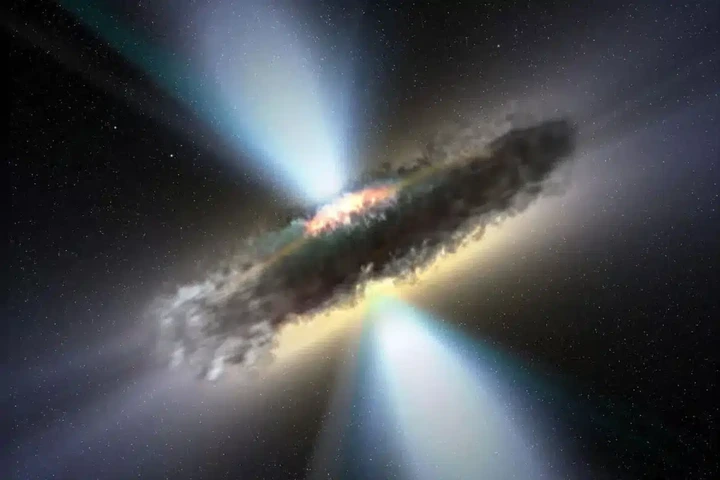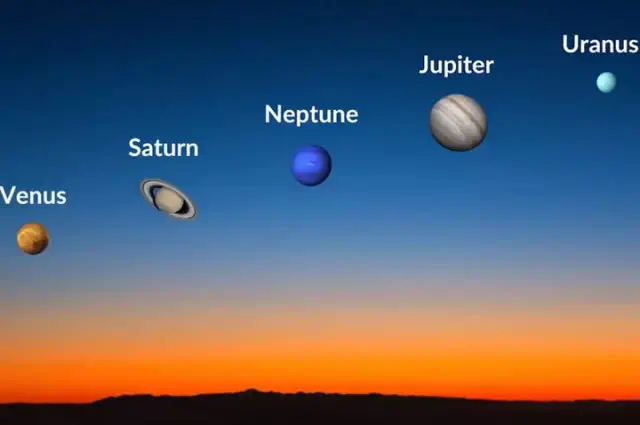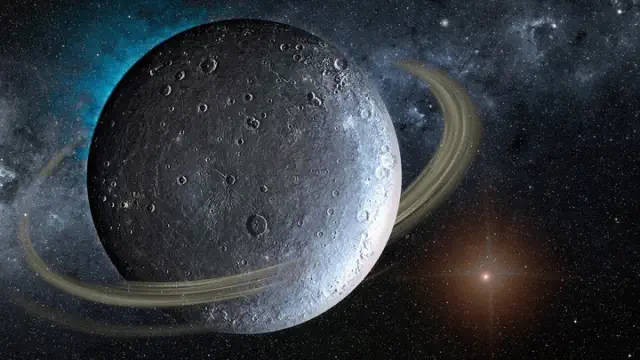
View pictures in App save up to 80% data.
In a groundbreaking discovery, NASA astronomers have unveiled an immense reservoir of water vapor surrounding a distant quasar. This cosmic oasis, located a staggering 12 billion light-years from Earth, contains an astounding 140 trillion times more water than all of our planet’s oceans combined. The finding not only reshapes our understanding of the early universe but also raises intriguing questions about the prevalence of water in cosmic structures.
Revealing the celestial oceanic realm
The colossal water reservoir was detected in 2011, enveloping a quasar known as APM 08279+5255. This celestial powerhouse dates back to when the universe was merely 1.6 billion years old, offering a rare glimpse into the cosmos’ infancy. The sheer magnitude of water present in this ancient system challenges our perceptions of elemental distribution in the early universe.
Quasars, among the most luminous objects in the universe, are fueled by supermassive black holes. In the case of APM 08279+5255, the central black hole is a behemoth, 20 billion times more massive than our Sun. This cosmic engine generates energy equivalent to a thousand trillion suns, creating a unique environment where water vapor extends across hundreds of light-years.
The discovery of this vast water reservoir aligns with recent advancements in our understanding of cosmic phenomena. For instance, a seemingly trivial flicker of light recently revealed the source of a mysterious cosmic phenomenon, highlighting how seemingly minor observations can lead to major breakthroughs in astrophysics.
Matt Bradford, a researcher at Nasa’s Jet Propulsion Laboratory, highlights the uniqueness of this environment in a study published in the journal Astrophysical Journal Letters: “The environment around this quasar is truly unique in its ability to produce this enormous mass of water”. This discovery confirms the prevalence of water in the universe, even in the most remote epochs.
Features of the interstellar oasis
The water vapor enveloping APM 08279+5255 displays remarkable traits that distinguish it from conventional galactic settings. These distinctive features arise from the powerful infrared and X-ray radiation produced by the quasar. Below is an overview of its extraordinary properties:
- Temperature: Approximately -63°C, five times warmer than average galactic conditions
- Density: 10 to 100 times higher than similar cosmic environments
- Extent: Envelops the quasar across hundreds of light-years
The conditions of this cosmic oceanic realm are strikingly dissimilar to those found in our nearby galaxy. The intense environment generated by the quasar's radiation promotes the condensation of water to an extraordinary degree, providing a one-of-a-kind setting for examining the properties of matter in extreme conditions.
While this discovery is monumental, it’s worth noting that advancements in space exploration continue to push boundaries in other areas as well. For example, China recently unveiled a hypersonic aircraft capable of circumnavigating Earth in just 2 hours, showcasing how our understanding of both cosmic and terrestrial frontiers continues to expand rapidly.
Consequences for the development of the universe and the emergence of life
The discovery of this massive water reservoir has profound implications for our understanding of cosmic evolution and the potential for life in the universe. NASA scientist Matt Bradford emphasizes that this finding proves water was already abundant in the very early universe, challenging previous assumptions about elemental distribution in cosmic history.
This discovery illuminates the processes involved in the formation and evolution of galaxies, especially in extreme conditions. It indicates that the essential components for life, as we understand it, might have existed much earlier in the history of the universe than was previously believed. Investigating these water-abundant environments could yield vital information about the prerequisites for life to arise in the universe.
| Aspect | Significance |
|---|---|
| Water abundance | Indicates potential for life-supporting environments |
| Early universe composition | Challenges theories of elemental distribution |
| Galaxy evolution | Provides insights into formation processes |
As we continue to explore the cosmos, discoveries like this remind us of the vast mysteries that still await us. From the depths of space to innovations closer to home, such as the most efficient and economical heating systems, science constantly pushes the boundaries of our knowledge.
Prospective studies and investigations
The identification of water vapor surrounding APM 08279+5255 was achieved using millimeter and submillimeter observations, which enable researchers to explore far-off and intricate settings. This significant advancement opens up new avenues for research, especially with the development of cutting-edge instruments such as the CCAT telescope, which is being built in the Atacama Desert of Chile.
Astronomers are optimistic that these advanced instruments will lead to the identification of additional water sources in the early universe, as well as enhance the exploration of primordial galaxies. Such initiatives have the potential to transform our comprehension of the essential conditions for life and the core mechanisms that influence the formation of cosmic structures.
As we delve deeper into the cosmos, it’s fascinating to consider how discoveries in space can influence our daily lives. For instance, certain winter drinks have been found to stimulate concentration and memory, showcasing how research in various fields can intersect to improve our understanding of both the universe and ourselves.
To sum up, the identification of this enormous water reservoir located 12 billion light-years from us represents a remarkable achievement in our exploration of the universe. This finding not only enhances our understanding of the primordial cosmos but also prompts fascinating inquiries regarding the existence of water and the possibilities for life beyond our planet. As we delve deeper into the enigmas of the universe, we are reminded that the fundamental elements necessary for life as we recognize it are more widespread and ancient than we previously thought.









